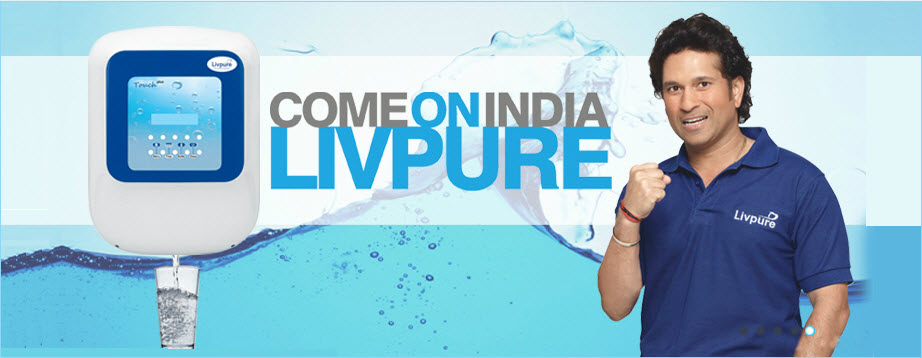What does reverse osmosis water purification stand for? We notice this mentioned at a lot of places, and it is pretty obvious that it must be some kind of filtration procedure, but how does it really work?
In short, reverse osmosis is a kind of filtration device that makes use of special specific membranes. These membranes are basically just filters however in the case of RO filter; the water which is to be decontaminated is forced through the membranes by applying force to the water.
This technology is extensively utilized in the bottled water trade and can moreover be used to transform sea water into harmless drinking water. The water whether from the ocean or your tap, is forced via the membranes under pressure. The membranes can put a stop to large particles such as salt from crossing. It can moreover catch ions which consecutively mean the liquid that crosses the membranes is mainly uncontaminated.

In contrast to what a lot of people tend to think, reverse osmosis was first analyzed within a laboratory in 1748, however for some ambiguous reason the idea was limited to laboratory use for approximately 200 years. It was not until 1949 that research workforce at the University of California started conducting experiments to distinguish if the idea can be utilized for getting rid of salt from sea water.
By the mid 1950's they had been successful in transforming sea water into harmless drinking water, however it was found to be an extremely long procedure and definitely not a feasible alternative from a commercial viewpoint. A number of year later two scientists worked out how to form asymmetric membranes and this successfully allowed reverse osmosis to turn out to be a commercially feasible alternative for the desalination of sea water. A lot of home water purifiers consist of an RO system. In general, tap water moves across a filter that catches any remains that might be there in the water. After crossing the sediment filter it is forced via an activated carbon filter to remove chlorine and any natural compounds. The fresh water after that goes through reverse osmosis.
In a lot of water purifier systems the water also goes through one more activated carbon filter to entrap elements that might have made it all the way through the RO stage. Besides, higher end units often integrate an ultraviolet light, which is utilized to purify the water by getting rid of any unwanted germs.
Hence, what does reverse osmosis stand for and can one really depend on this kind of system when it comes to having harmless drinking water? To be short, yes you can depend on it; however as with a lot of things in life, you must concentrate on quality. Low-priced systems will make use of inexpensive filtration screens, and these will not be able to get rid of all sorts of contamination.
In short, reverse osmosis is a kind of filtration device that makes use of special specific membranes. These membranes are basically just filters however in the case of RO filter; the water which is to be decontaminated is forced through the membranes by applying force to the water.
This technology is extensively utilized in the bottled water trade and can moreover be used to transform sea water into harmless drinking water. The water whether from the ocean or your tap, is forced via the membranes under pressure. The membranes can put a stop to large particles such as salt from crossing. It can moreover catch ions which consecutively mean the liquid that crosses the membranes is mainly uncontaminated.

In contrast to what a lot of people tend to think, reverse osmosis was first analyzed within a laboratory in 1748, however for some ambiguous reason the idea was limited to laboratory use for approximately 200 years. It was not until 1949 that research workforce at the University of California started conducting experiments to distinguish if the idea can be utilized for getting rid of salt from sea water.
By the mid 1950's they had been successful in transforming sea water into harmless drinking water, however it was found to be an extremely long procedure and definitely not a feasible alternative from a commercial viewpoint. A number of year later two scientists worked out how to form asymmetric membranes and this successfully allowed reverse osmosis to turn out to be a commercially feasible alternative for the desalination of sea water. A lot of home water purifiers consist of an RO system. In general, tap water moves across a filter that catches any remains that might be there in the water. After crossing the sediment filter it is forced via an activated carbon filter to remove chlorine and any natural compounds. The fresh water after that goes through reverse osmosis.
In a lot of water purifier systems the water also goes through one more activated carbon filter to entrap elements that might have made it all the way through the RO stage. Besides, higher end units often integrate an ultraviolet light, which is utilized to purify the water by getting rid of any unwanted germs.
Hence, what does reverse osmosis stand for and can one really depend on this kind of system when it comes to having harmless drinking water? To be short, yes you can depend on it; however as with a lot of things in life, you must concentrate on quality. Low-priced systems will make use of inexpensive filtration screens, and these will not be able to get rid of all sorts of contamination.

